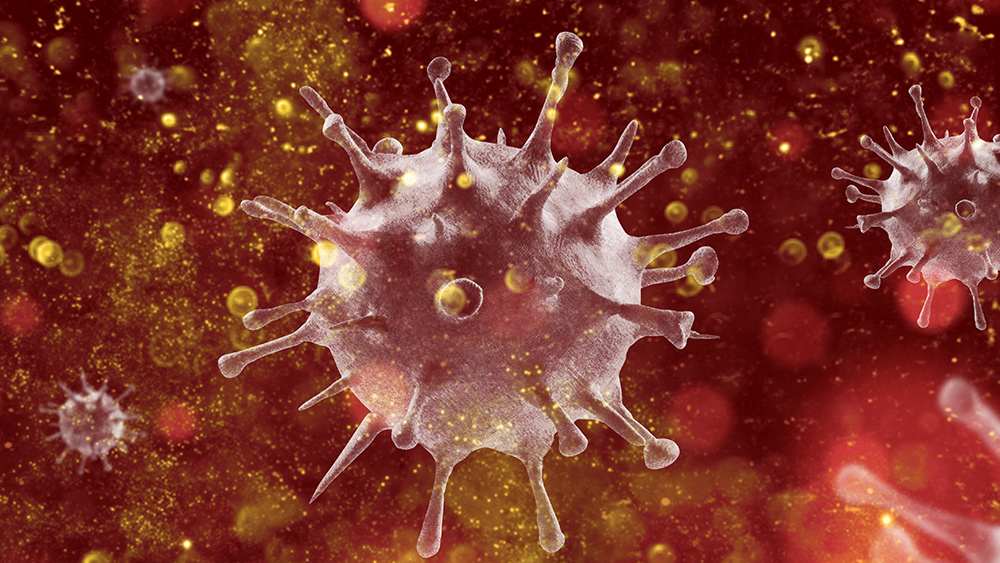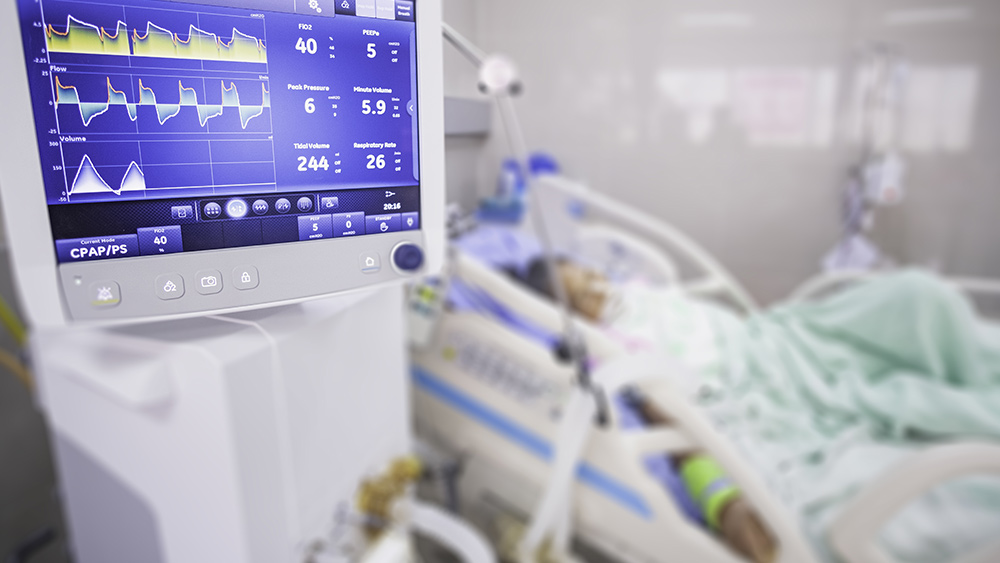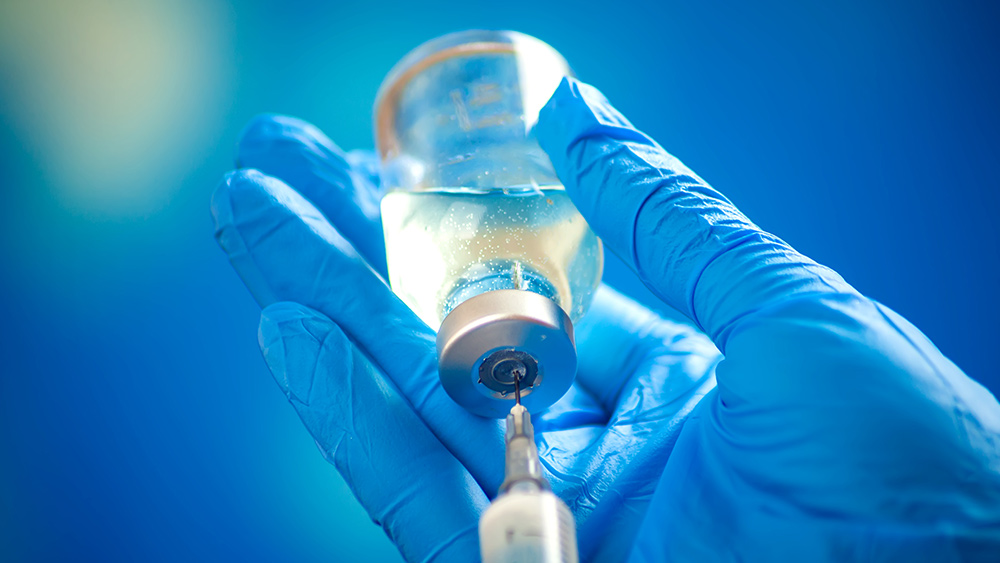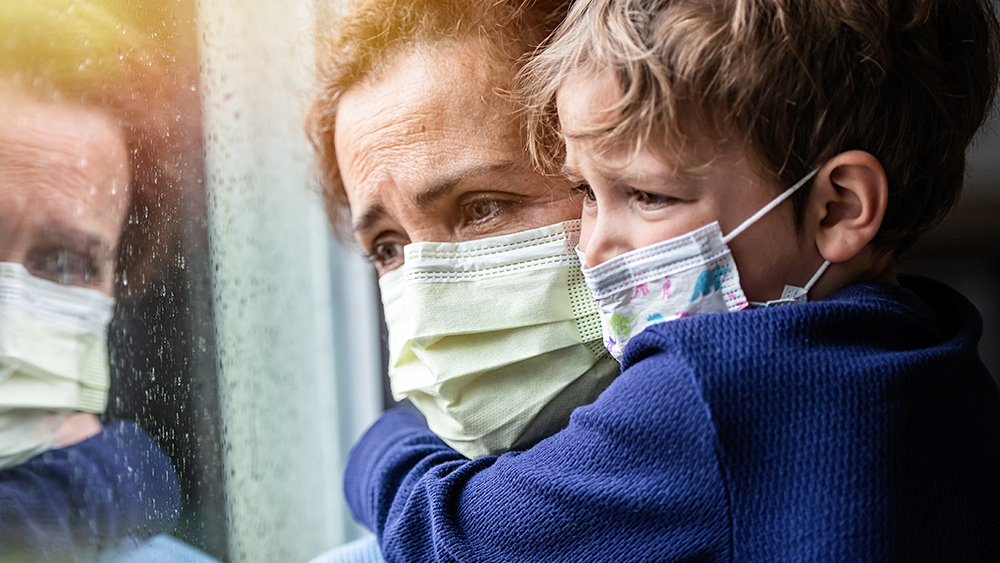UH-OH: Scientists say coronavirus more likely to attach itself to human cells than SARS, thanks to HIV-like “mutation”
07/29/2021 / By JD Heyes

When it comes to researching a new virus or disease, there’s always some good news and some bad news when you discover what makes them work.
First, the good news about the Wuhan coronavirus, which has spread far beyond the borders of China, where it originated: Scientists are learning more everyday about how the virus spreads and the source from which it came.
But the bad news is, this virus is much more likely to stick to human cells than was the SARS virus (circa China, 2002-2003), meaning it’s probably more contagious and maybe even harder to combat.
According to the South China Morning Post, there’s a good reason for that:
The new coronavirus has an HIV-like mutation that means its ability to bind with human cells could be up to 1,000 times as strong as the SARS virus, according to new research by scientists in China and Europe.
Scientists showed that SARS (severe acute respiratory syndrome) entered the human body by binding with a receptor protein called ACE2 on a cell membrane. And some early studies suggested that the new coronavirus, which shares about 80 per cent of the genetic structure of Sars, might follow a similar path.
However, researchers also noted that the ACE2 protein doesn’t exist in substantial qualities in people who are healthy, which is why, in part, that helped limit the scope and scale of the SARS virus, which only infected about 8,000 people worldwide, 10 percent of the number already infected by coronavirus. (Related: Online retail giant Amazon removes any product mentioning “CORONAVIRUS” – including sanitizing products that actually kill coronavirus on surfaces.)
A study corroborated
Other very contagious viruses like HIV and Ebola target an enzyme called furin, the SCMP reported. This serves as a protein activator in the human body; several proteins are either inactive or are dormant when they are produced and thus must be “cut” at certain points in order for their various functions to be activated.
Prof. Ruan Jishou and his team at Nankai University in Tianjin, when mapping out the genome sequence of COVID-19, the new coronavirus, found a segment of mutated genes not seen in SARS but were nevertheless very much like those found to be in HIV and Ebola.
“This finding suggests that 2019-nCoV [the new coronavirus] may be significantly different from the SARS coronavirus in the infection pathway,” the scientists wrote in a paper that was published earlier this month on Chinaxiv.org, a platform the Chinese Academy of Sciences uses in order to present scientific papers before they have been peer-reviewed.
The SCMP reports further: “The virus uses the outreaching spike protein to hook on to the host cell, but normally this protein is inactive. The cleavage site structure’s job is to trick the human furin protein, so it will cut and activate the spike protein and cause a ‘direct fusion’ of the viral and cellular membranes.”
When compared to the entry path for SARS, this binding method was found to be “100 to 1,000 times” more efficient, the research paper noted.
The research has garnered no small amount of attention, SCMP reported, noting that within two weeks of its release, it became the most-viewed paper ever on the Chinarxiv platform.
In a subsequent study, a team of scientists led by Prof. Li Hua of Huazhong University of Science and Technology in Wuhan, Hubei province, managed to replicate and confirm Ruan’s findings.
The same mutation was not seen in SARS, MERS or Bat-CoVRaTG13, a bat-linked coronavirus that was thought to be the original source of COVID-19, with 96 percent similarity in genes, Li’s study noted.
This could be “the reason why SARS-CoV-2 is more infectious than other coronaviruses”, Li wrote in a paper he released Sunday on the science platform.
Other scientists outside of China are making similar findings. A study by French scientist Etienne Decroly at Aix-Marseille University, published February 10, also found a “furin-like cleavage site” that is not found on similar, earlier coronaviruses.
Sources include:
Tagged Under: biowar, bioweapons, China, coronavirus, COVID, HIV, MERS, mutation, outbreak, Plague, Researchers, SARS, spike protein, Study, Wuhan City, Wuhan coronavirus


















